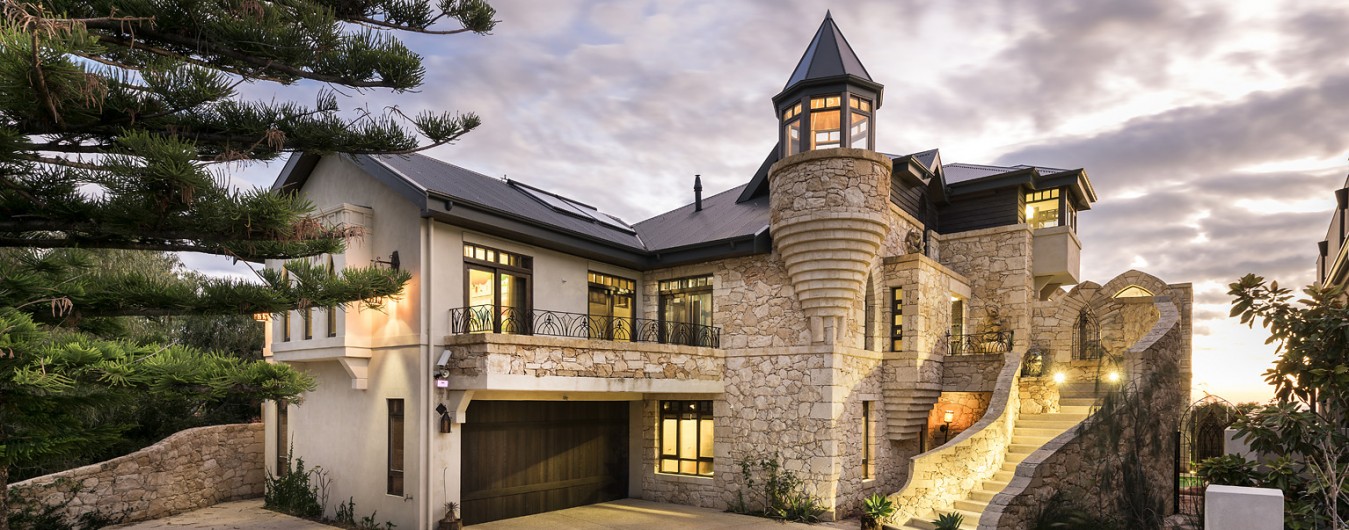Apartment Living in Australia is Currently Unsustainable
 Over the last 20 years in Australia developers, in providing apartment living in Australia, have made many mistakes. Simply legislating now to put sprinkler systems in all new apartment buildings is just not the answer. Existing, poorly built examples are the problem not well designed solutions that follow in the wake of this expose of legislative, financing disaster.
Over the last 20 years in Australia developers, in providing apartment living in Australia, have made many mistakes. Simply legislating now to put sprinkler systems in all new apartment buildings is just not the answer. Existing, poorly built examples are the problem not well designed solutions that follow in the wake of this expose of legislative, financing disaster.
Density
The idea of increasing density in cities is a good one provided that they are well built and of course now we know they were definitely not. Density needs to be at railway and commercial nodes with infill very well done in architectural quality to be justified to the public. Of this has not always been the focus, nor has the principles of solar orientation and ventilation been a high priority.
Quality
Improved Quality is the answer. What is the point of cheap, so called affordable buildings that crash in value, impossible for strata owners to repair, insure, or insurance companies going broke, let alone catching on fire, impossible to escape or even die?
Professional Superintendence and Project Management
For hundreds of years builders were supervised by architects and legally responsible for superintendence during construction and making sure all designs and documentation is to authority standards.
But this will take courage by authorities and the banks to face reality, that they have gotten it badly wrong and should go back to a system independent professional architects and engineers signing of construction payments.
Damage Bill
My previous assessed damage bill was initially $1.6 Billion but really that was in Victoria alone. The $6 billion cost in Australia would largely have been avoided and at least covered by insurance if developers were forced to engage full professional services at about $200 million. It has been proved once again that proper process that evolved over the last 500 years is the answer. Who thought allowing builders to take full control and responsibility was a good idea.
Due to Australia Institute of Architects (AIA) Federal Government attempts to relegate architects from the head professional on public buildings in the same way failed in the late 1990s, thankfully. But greed prevailed in the commercial sector.
Governance Improvement
It is a pity that governance still does not see continuing disaster by this professional relegation. But now blaming the victim and providing silly regulations as over reactions is a poor, obvious attempt to hide culpability.
The original perpetrators in governance and finance have all now left the scene mostly around Australia. So what is the problem in going back to a solid sane approach that insurance companies can cover and the costs being seen as an investment against calamity? It is time to front up to reality and of course 21st century sustainability. What is sustainable about failed buildings?
See Four Corners Program from August 2019 – https://www.abc.net.au/4corners/cracking-up/11431474
Ilios an Exemplar of Sustainability
Of course none of these issues will apply to ‘Ilios’ at Swanbourne Railway Precinct because it will be professionally designed, engineered and project managed by professionals, signing off on open book assessment as construction contracts are implemented.
 Fore more information contact us or see our website: http://swanbournevillagetrust.com/
Fore more information contact us or see our website: http://swanbournevillagetrust.com/
















